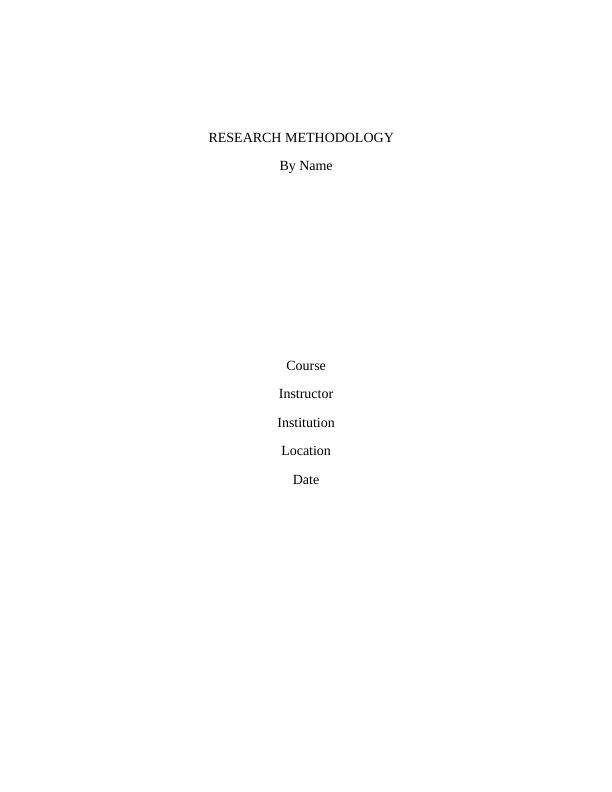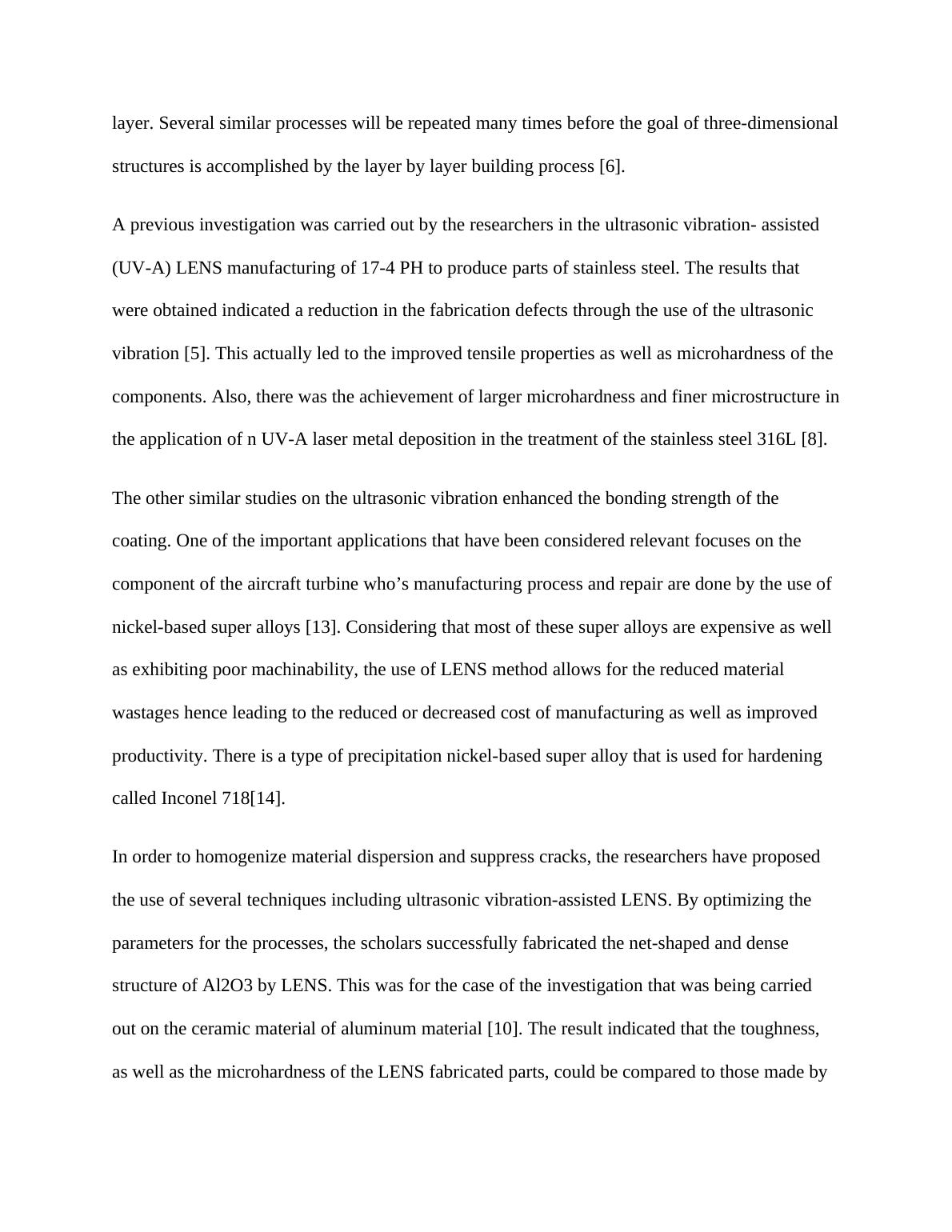Ultrasonic Vibration Assisted Laser Engineered Net Shaping
To produce an individual literature review paper on a self-proposed engineering research topic, demonstrating digital literacy skills and identifying a research gap in the existing knowledge.
8 Pages1750 Words98 Views
Added on 2023-01-18
About This Document
This article discusses the technique of Ultrasonic Vibration Assisted Laser Engineered Net Shaping (UV-A LENS) for the fabrication and repair of metal parts. It explores the advantages of this technique, such as excellent stability, high power density, and easy control. The article also delves into the applications of UV-A LENS, including part repairing, high part building efficiency, and high power utilization efficiency. It further examines the effects of ultrasonic vibration on the material properties of the fabricated parts. The study focuses on Inconel 718, a precipitation nickel-based super alloy used in the aerospace industry. The article highlights the reduction of fabrication defects and improved mechanical properties achieved through the use of ultrasonic vibration. Additionally, it discusses the homogenization of material dispersion and suppression of cracks through the optimization of process parameters. Overall, this article provides valuable insights into the UV-A LENS technique and its impact on metal part fabrication and repair.
Ultrasonic Vibration Assisted Laser Engineered Net Shaping
To produce an individual literature review paper on a self-proposed engineering research topic, demonstrating digital literacy skills and identifying a research gap in the existing knowledge.
Added on 2023-01-18
ShareRelated Documents
End of preview
Want to access all the pages? Upload your documents or become a member.
Ultrasonic Vibration-Assisted Laser Assisted Net Shaping of Inconel 718 Parts
|16
|3791
|24
Additive Manufacturing and Thermal Analysis of Ti-6Al-4V using ANSYS Software
|18
|4150
|394
Laser Cladding Materials
|32
|8841
|144
Additive Manufacturing in Titanium Alloys
|16
|3271
|29
Application of Additive Manufacturing on Ti-6Al-4V Alloy
|16
|2506
|322
Alloys in Laser Cladding
|37
|8539
|33



